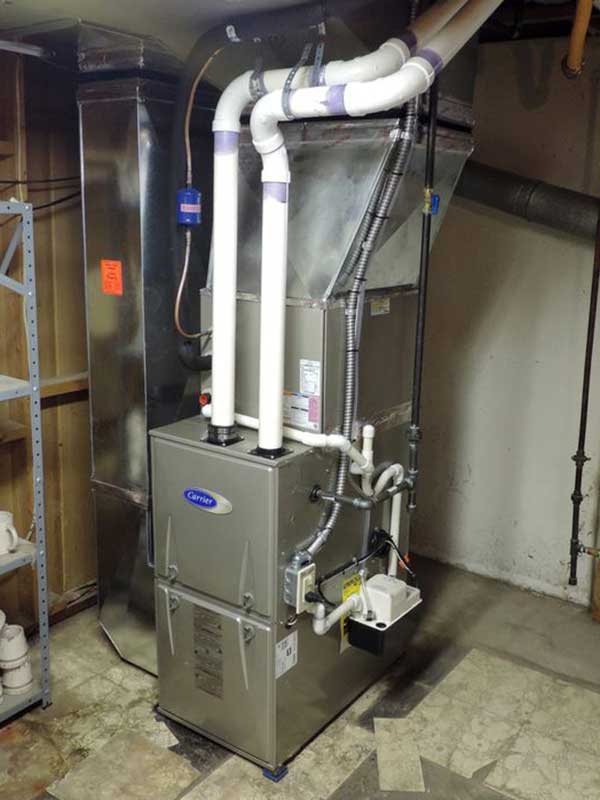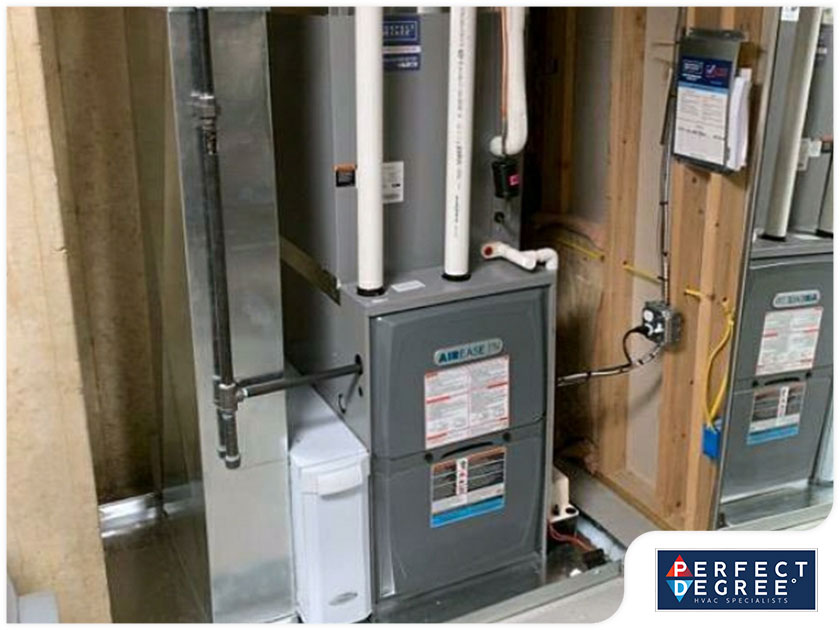Why choose our HVAC company for furnace installations and repairs in Portland?
Why choose our HVAC company for furnace installations and repairs in Portland?
Blog Article
The Ultimate Guide to Heating System Installment for a Cozy Home
Furnace installation is a crucial facet of maintaining a comfy home setting, particularly throughout the chillier months. Comprehending the various types of furnaces offered and the importance of choosing the proper size can considerably affect both effectiveness and convenience levels. Moreover, a complete installment procedure, matched by the right tools and materials, makes sure optimum efficiency. This guide intends to outfit house owners with the understanding needed to make enlightened choices and execute efficient upkeep practices. As you think about these factors, the question stays: what steps can you take to ensure your heating system offers you well for many years to find?
Sorts Of Furnaces
When considering furnace installation, understanding the numerous kinds of furnaces readily available is crucial for making an informed decision. The key types of heaters include gas, electrical, and oil heaters, each offering distinct advantages and considerations.
Gas heaters are one of the most common option as a result of their effectiveness and reduced operational expenses. They use gas or gas, giving fast heating and constant efficiency, making them perfect for chillier environments.
Electric furnaces, while generally less complicated to set up and keep, often tend to have greater functional expenses. They are often preferred in areas where gas service is not available or for homes with existing electrical facilities.
Oil heaters, though less common today, remain a feasible option in particular regions. They burn home heating oil, which can be advantageous throughout chillier months, however their reliance on oil delivery poses potential obstacles.
Additionally, there are high-efficiency designs available across these kinds, which can dramatically decrease power consumption and energy costs. Eventually, comprehending these heater types will help property owners choose a system that aligns with their home heating requires, budget plan, and power preferences.
Selecting the Right Size
Choosing the proper size for a heater is important to guaranteeing optimal performance and power performance. A small furnace will certainly battle to preserve comfy temperature levels during the cold months, bring about boosted damage, greater power costs, and potential system failing. Conversely, an oversized heating system may cycle on and off too frequently, causing ineffective heating and irregular temperature level circulation within the home.

Heating system sizes are typically determined in British Thermal Devices (BTUs), which suggest the quantity of power called for to heat an area. It is advisable to consult with a qualified HVAC professional that can perform the required estimations and recommend an appropriately sized device. furnace repair. Buying the ideal heater size not only improves comfort yet additionally adds to long-lasting power financial savings and system dependability
Installation Refine Review
When the proper heater dimension has been established, the next step involves understanding the installation procedure. This process usually starts with a detailed assessment of the installment site, including the existing ductwork and air flow systems. Correct planning is vital to ensure smooth combination and ideal efficiency of the new heating system.
The setup normally includes separating the old unit, which includes securely removing any type of electrical connections, gas lines, and ductwork connected to the previous heater - furnace repair. Once removed, the brand-new heating system is meticulously located and leveled, ensuring that it meets the maker's requirements for optimal operation
Following, the installer will link the needed gas and electrical lines, sticking to local codes and safety regulations. Following this, ductwork may require to be customized or changed to fit the brand-new system, making certain efficient air flow throughout the home.

Necessary Devices and Materials
Gathering the important devices and products is critical for an effective furnace installment. Proper prep work guarantees that the installment process is reliable and minimizes the capacity for mistakes.
Key devices called for include a drill, screwdrivers, wrenches, pliers, and a level. A multimeter is crucial for this hyperlink electrical connections, while a pipeline cutter and adjustable wrench are necessary for gas line installment. Furthermore, try this site a tape action and a stud finder will certainly help in guaranteeing accurate positioning and safe attachment of the heater.
In regards to materials, you will need ductwork, insulation, and securing tape to ensure ideal air movement and power efficiency. It is likewise essential to have a new heater filter on hand, along with airing vent products, such as PVC pipe or steel flue, depending on the kind of heating system being set up.
Safety tools, including handwear covers, safety glasses, and a face mask, is also crucial to shield against dirt and debris throughout installment. Having all these devices and products easily offered not only enhances the procedure yet likewise improves the security and effectiveness of the heating system setup.
Maintenance Tips for Durability
To make sure the long life of your furnace, it is vital to carry out a regular maintenance routine that resolves essential parts of the system. Start by replacing or cleansing the air filter every one to three months, as a clogged filter can restrict airflow and decrease efficiency. In addition, check and cleanse the blower setting up to protect against dirt buildup that can impede efficiency.
Next, check the thermostat setups and rectify if essential to make sure accurate temperature law. Evaluate the ductwork for leaks or obstructions, as this can result in energy loss and irregular heating. Regularly oil the motor and bearings according to the manufacturer's referrals to minimize damage.
Specialist evaluations should occur each year, where a certified service technician can analyze the heating system's general problem, look dig this for gas leakages, and make sure that security functions are operating correctly. Ultimately, take into consideration setting up a programmable thermostat to enhance power usage and preserve regular home temperature levels. By embracing these maintenance practices, you can improve your heater's performance, expand its life-span, and ultimately take pleasure in a comfy and comfortable home environment.
Conclusion
Efficient heating system setup is essential for achieving optimum home comfort and energy performance. Comprehending various heater kinds and picking the ideal size ensures correct functionality.
Report this page